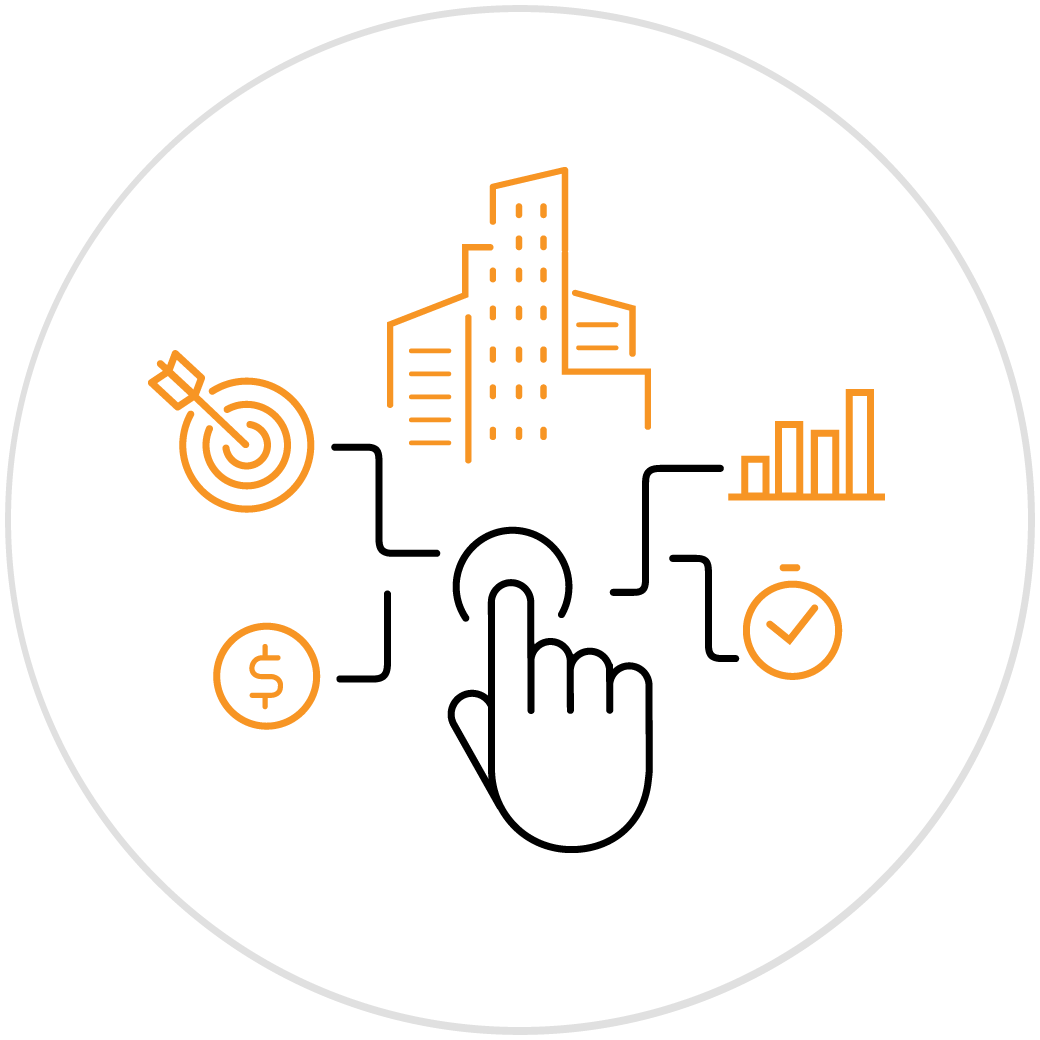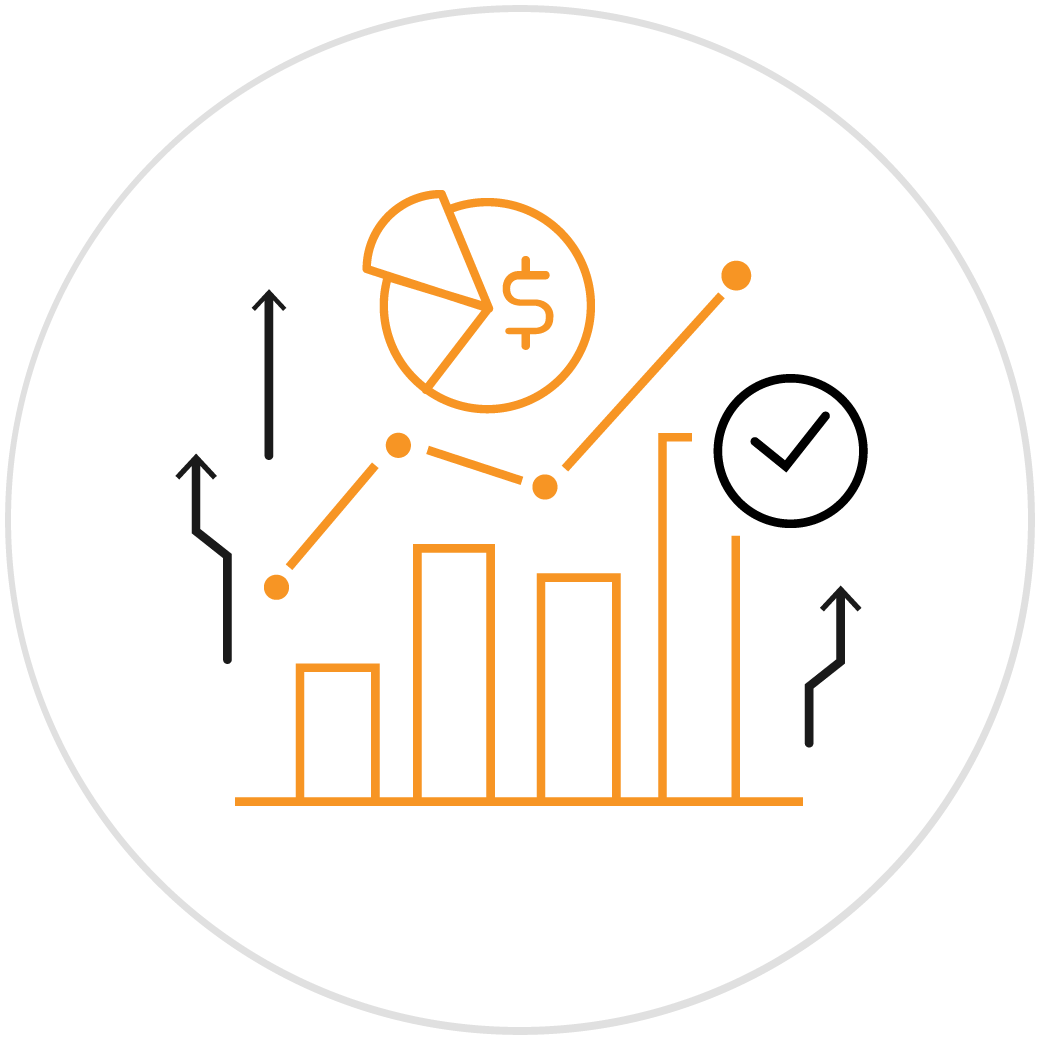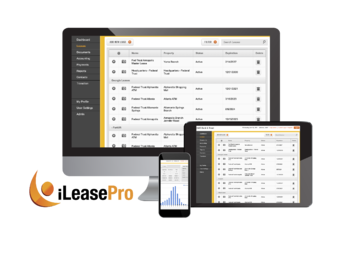-

ASC 842 Lease Classification
The two main types of leases are operating leases and finance leases. The classification of a lease depends on several criteria.
In this guide, we will discuss the criteria used to classify leases and the accounting treatment for each type of lease.
-

Operating Leases
Operating leases are leases where the lessee does not assume ownership of the leased asset. The lease term is less than the useful life of the asset.
The lessor retains ownership of the asset and is responsible for maintenance and repairs. Operating leases are typically used for short-term or low-value assets such as office equipment or vehicles.
The criteria used to classify a lease as an operating lease are as follows:
- The lease term is less than 75% of the asset's useful life
- The present value of the lease payments is less than 90% of the fair value of the leased asset
- The lease agreement does not contain a transfer of ownership clause
Accounting Treatment: Operating leases are treated differently than finance leases under ASC 842. The lease payments are recognized as expenses on the income statement.
Under ASC 842, the lease asset and liability are recorded on the balance sheet at the present value of the lease payments. The lease liability is amortized over the lease term.
-

Finance Leases
Finance leases are leases where the lessee assumes ownership of the leased asset at the end of the lease term. The lease term is usually longer than the useful life of the asset.
Finance leases are typically used for high-value assets such as machinery or buildings.
The criteria used to classify a lease as a finance lease are as follows:
- The lease term is longer than 75% of the asset's useful life
- The present value of the lease payments is greater than 90% of the fair value of the leased asset
- The lease agreement contains a transfer of ownership clause
Accounting Treatment: Finance leases are recorded differently than operating leases. The lease asset and liability are recorded on the balance sheet at the present value of the lease payments.
The lease liability is then amortized over the lease term. The lease asset is depreciated over the useful life of the asset.
Conclusion
Lease classification is an important aspect of lease accounting that determines how leases are accounted for in financial statements. The classification of a lease as an operating lease or finance lease depends on several criteria.
These criteria include the lease term, present value of the lease payments, and transfer of ownership clause. By understanding the criteria for lease classification, businesses can ensure accurate financial reporting and compliance with ASC 842 lease accounting standards.
-

Get the Best ASC 842 Software Solution from iLeasePro
At iLeasePro, we've been helping companies understand and implement ASC 842 since it replaced ASC 840 in December of 2021. We know the standard inside out, and we know how to implement software solutions that will help you be in compliance.
We've done this for both small and large businesses. We've also helped these companies use ASC 842 as a business tool to operate more efficiently, get better reporting, and use their leases as assets. When you call us, we can set you up with a lease accounting software free demo so you can see how it all works.
To do this, call us at 888-351-4606, or you can email us at info@ileasepro.com. We also have plenty of great information about lease accounting software on our website at iLeasePro, and you can chat with a live representative there as well.
